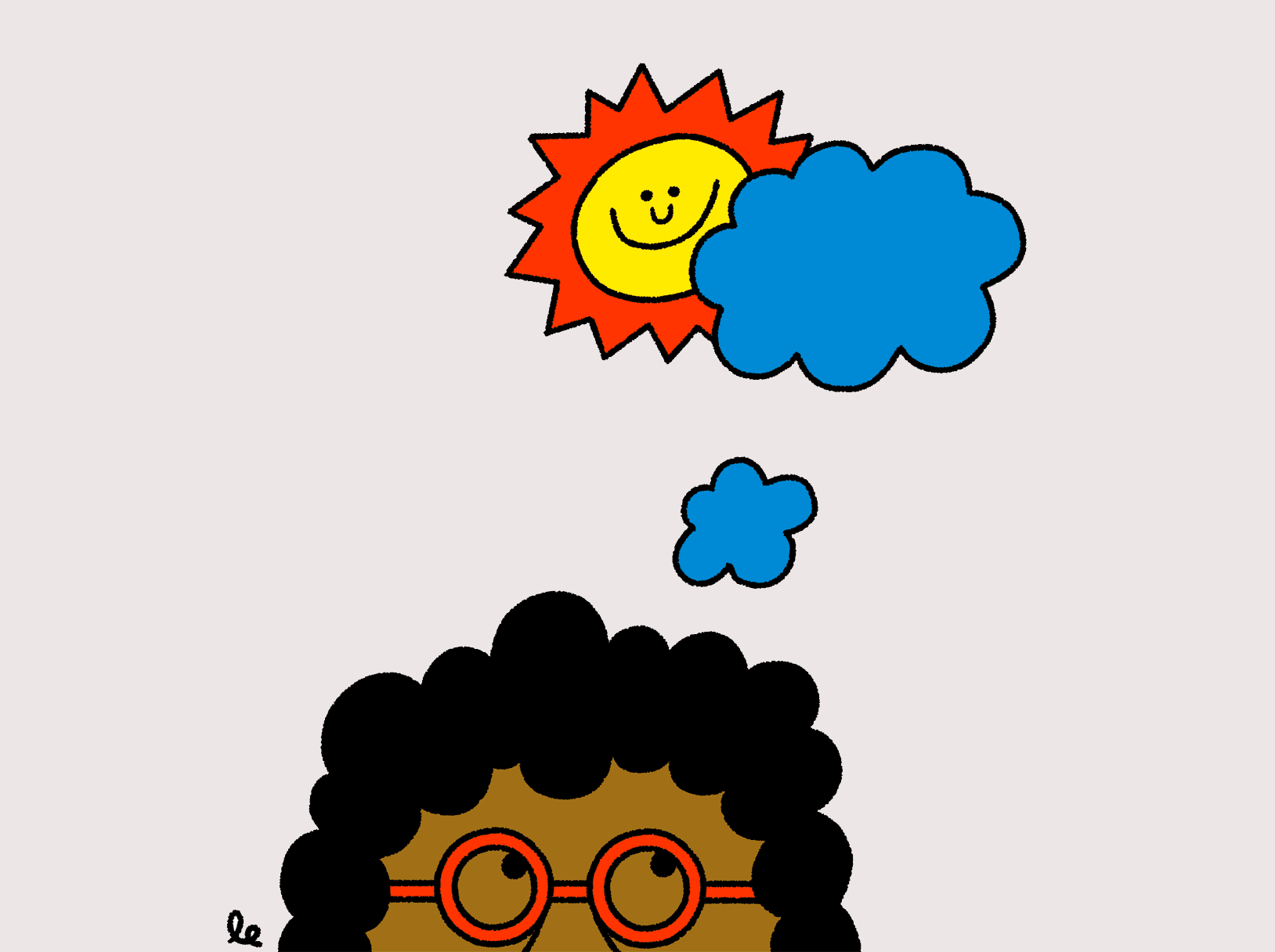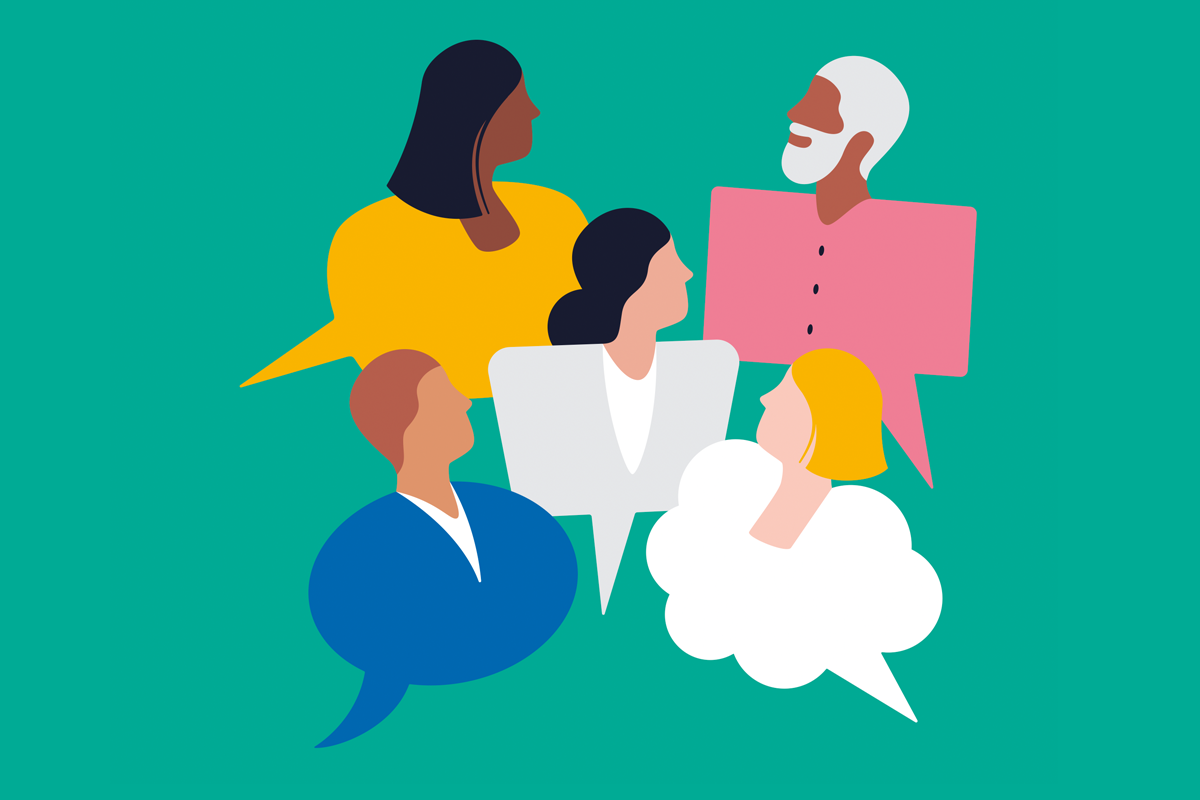All Resources
Add some friction to your most common distractions

Ping!
How long does it take to check that new text? Or scan a new email that's just dropped in? Or have a quick chat with Amy who you can see is making a cup of tea. Distractions like these might take just a minute or so, but our addiction to them takes its toll on our workflow and zaps our energy. As Phil Dobson points on in his brilliant little book about our brains, we are not made for multi-tasking, and 'focus-switching' blocks our best and more important work (so maybe don't click that link just yet).
Find friction for focus
If we deliberately and pre-emptively add ‘friction’ around the actions (or distractions) that we know are likely to arise, we can steal back the time and energy that those texts, tabs, Twitter and trips to the toaster can easily take from us. The idea is to make these focus shifts less rewarding and less readily available. Or, as the behavioural scientists say, 'reduce their saliency'.
Three simple examples
💡 Add friction to distraction when working on your computer by turning off all notifications, and closing all programmes you're not working in.
💡 Add friction to the distraction that mobile devices bring by keeping yours out of sight.
💡 Add friction to distraction and stopping half way through a task by using the Pomodoro technique, and working in 20 minute sprints with an intentional break in-between them.
🤔 Some coaching questions to consider
In You Coach You, Helen and Sarah recommend asking yourself the following ‘coach yourself questions’ to reveal opportunities for adding some friction to counter distraction.
Breaking the habit
Distractions are difficult habits to break, but by cutting our access to them, or putting blockers in place, you can cement them in your mind as a negative and stop them getting in your way.
Let us know your tactics for adding friction to your distractions - we'd love to add them to this resource.


























































































































































































